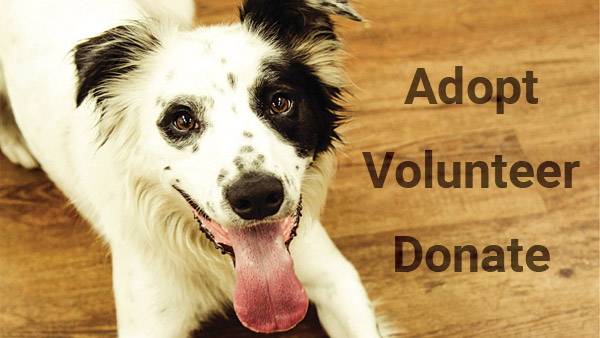Tracheal Collapse
- This topic has 0 replies, 1 voice, and was last updated 15 years, 3 months ago by
Mackenzie’s Admin.
-
AuthorPosts
-
January 23, 2009 at 3:13 am #336
Mackenzie’s Admin
MemberThe following information isn’t intended to replace regular visits to your veterinarian. If you think your dog may have a collapsed trachea, please see your veterinarian immediately. And remember, please do not give any medication to your pet without talking to your veterinarian first.
What is tracheal collapse?
Tracheal collapse is a common cause of airway obstruction in dogs. The trachea, or “windpipe,” is a tube made up of sturdy rings of cartilage through which air is transported to and from the lungs. Sometimes, however, the tracheal rings begin to collapse, and as air is squeezed through, a characteristic honking cough results.Why tracheal collapse occurs is unknown, although a congenital abnormality, in which the cartilage of the tracheal rings is less cellular and therefore weaker than normal, is suspected.
What are the signs of tracheal collapse?
In addition to a honking cough, other signs that may be seen include exercise intolerance, labored breathing and a bluish tinge to the gums. The cough and other signs may be provoked by excitement, eating, drinking, tracheal irritants (smoke or dust), obesity, exercise and hot and humid weather.What breeds/ages are prone to tracheal collapse?
The condition, which is genetic, primarily affects toy breeds of both sexes, with Yorkies by far the most commonly affected. Collapsing trachea can manifest at any age, though the average age when clinical signs begin to appear is six to seven years.How is tracheal collapse diagnosed?
A honking cough in a toy-breed dog is highly suggestive of collapsing trachea, but a definitive diagnosis may require additional tests. Radiographs may reveal an obviously collapsed trachea, although not always. Fluoroscopy, which allows visualization of the trachea as the dog inhales and exhales, may be necessary to confirm the diagnosis. Fluoroscopy is available only at universities and referral centers.How is tracheal collapse treated?
Most cases of tracheal collapse are treated with cough suppressants, bronchodilators, corticosteroids (to control inflammation), and/or antibiotics. In obese patients, weight loss helps decrease respiratory effort. Although treatment is not curative, a study released in 1994 showed that 71 percent of dogs treated medically showed a good long-term response.If medical management produces no response in two weeks, or if severe signs compromise the pet’s functionality, surgery is recommended. Various surgical techniques have been described, but the application of prosthetic polypropylene rings to the outside of the trachea is the current treatment of choice, with an overall success rate reported to be in the 75- to 85-percent range. In general, the outcome of surgery is poorer for dogs older than six years. It is a tricky, specialized surgery that is best performed by a skilled surgeon, usually at a referral center.
What else can pet guardians do if their dog has a collapsed trachea?
Whether medical or surgical treatment is chosen, pet owners can help relieve signs by keeping their pet’s weight down (even slightly under is ideal), switching from a collar to a chest harness, and avoiding respiratory irritants.This information was adapted from an article written by Arnold Plotnick, DVM, that appeared in the Spring 2001 issue of ASPCA Animal Watch.
-
AuthorPosts
- You must be logged in to reply to this topic.
















































